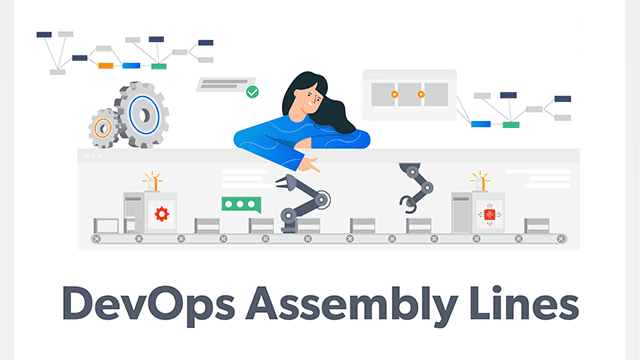
In easy words, “DevOps Assembly Line” could be a “pipeline of pipelines .”
DevOps assembly lines are targeted on automating and connecting activities performed by several groups part of software development phases like continuous integration for the developer, infrastructure and configuration management for an operator, automation script for the testing team, Security-related for SecOps and last and enabling CI.
Assembly lines are using to organize day to day tasks from all teams that collaborate for the dignity of the Project. In shortly DevOps assembly lines help us to automate and scale end-to-end workflows of application across all teams and tools, which enable continuous delivery. The Future is the DevOps Assembly line
Before DevOps Assembly Line, we use CI pipelines which is a simple process of automating build and unit tests for each code change done by any team.
The Classic CI – The Classic CI all build and test instructions were included in a single job, and instructions were executed sequentially. If all instructions run successfully, then CI was successful. If not, then the CI was failed.
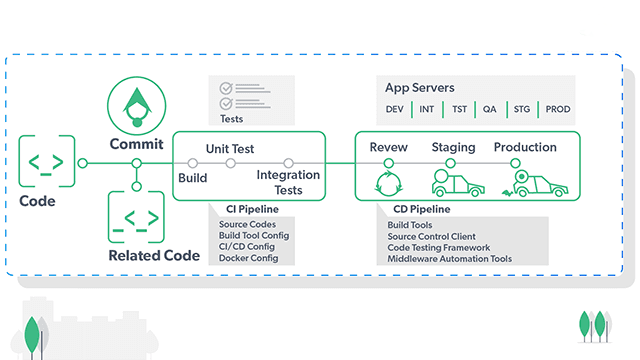
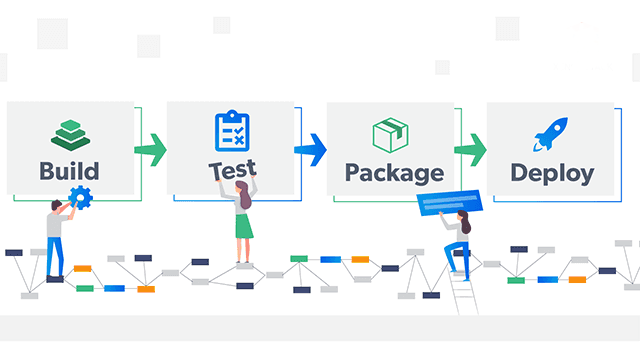
The above diagram shows that before DevOps Assembly Line, how an application is deployed on different stages (dev/uat/prod). In the CI approach, we have to write three different jobs for a complete CI process (build, test, deploy) and all the jobs depend on successful completion of the previous job which means the test will run if build a job was successfully run the same as deploy.
Pipelines gives us a lot of flexibility and control over our process by converting the jobs in stages. Now we don’t need to create multiple jobs for different phases of CI/CD we need to create a single job with all the stages with flow control.
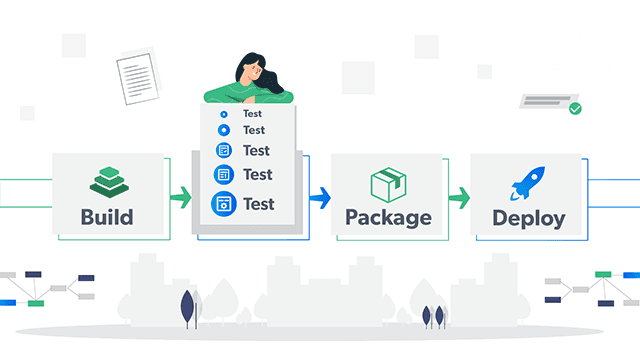
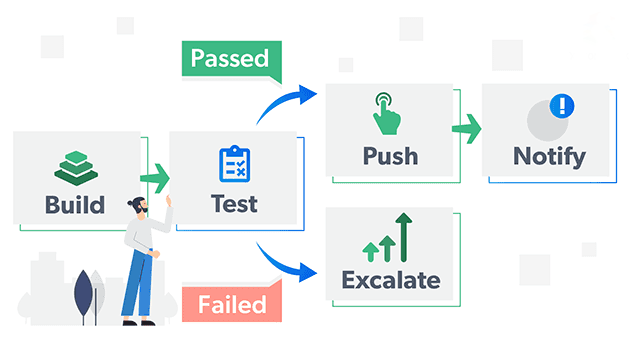
The major disadvantage of the CI pipeline is as application architecture to evolve rapidly, from N-tier to Service-Oriented Architecture to Microservices, and the current linear approach to software delivery is not able to handle the complexity of Microservices or Serverless architectures.
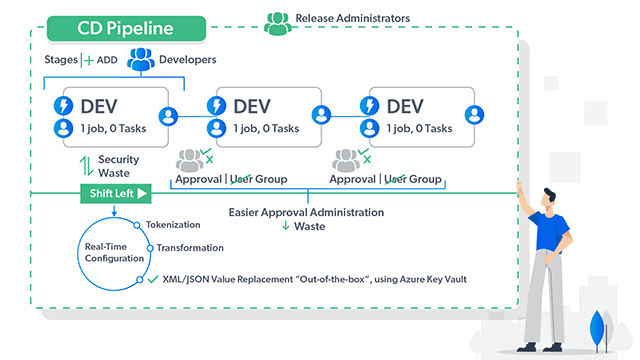
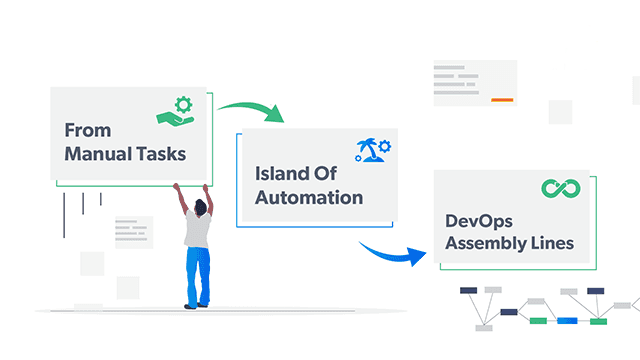
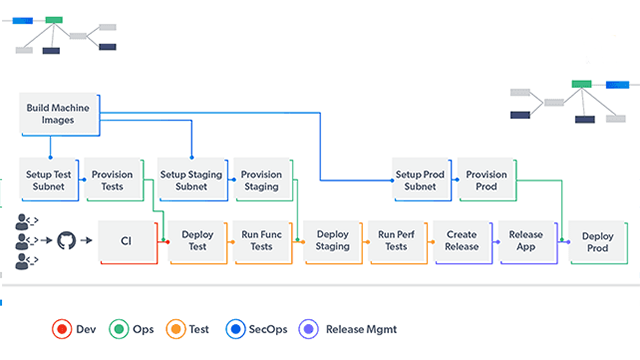
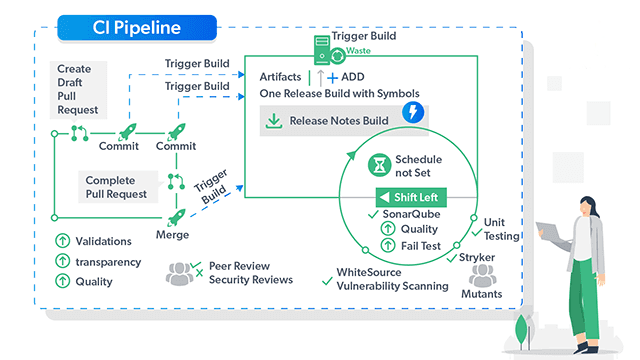
DevOps assembly lines are targeted on automating tasks and define easy workflows across multiple pipelines which further removes inefficiency and unnecessary human-dependent steps.To learn more about Continuous Integration Pipelines Stages and aspects of Assembly Lines we advise `taking the following steps –
ติดต่อขอรับบริการระดับมืออาชีพ